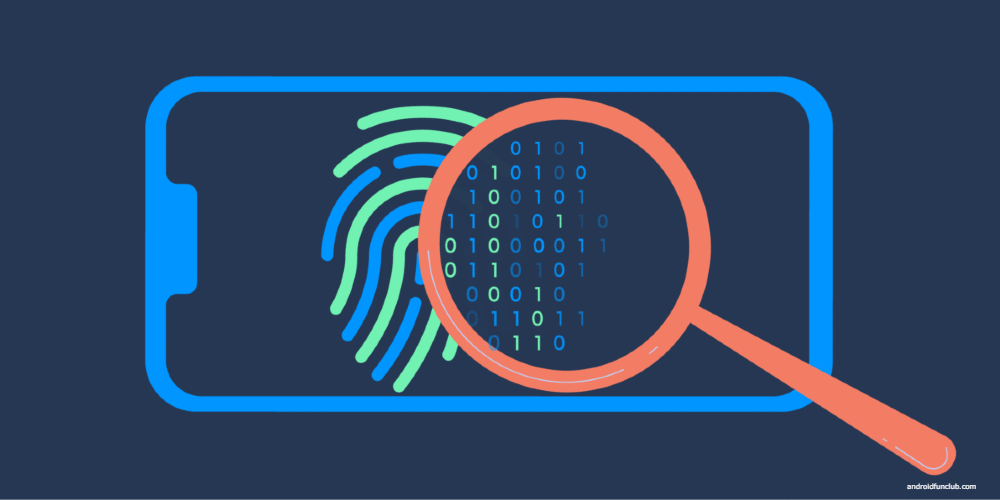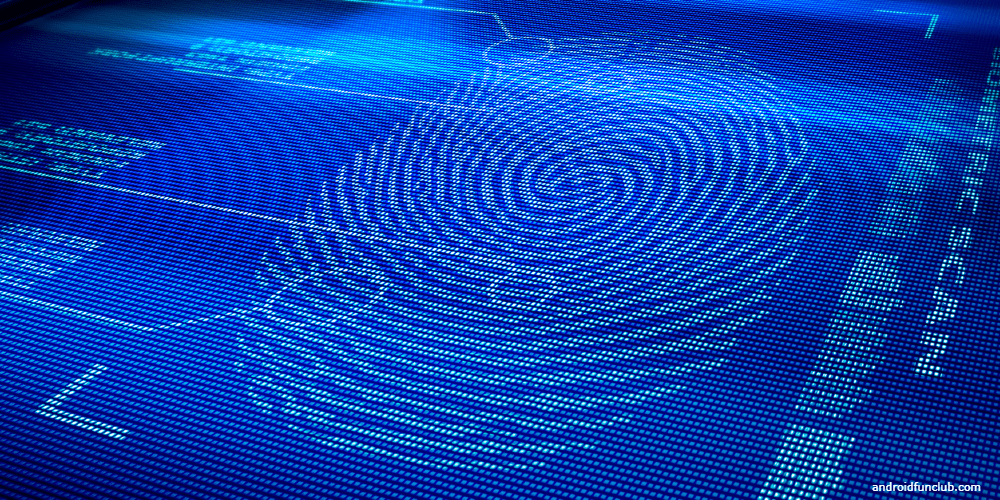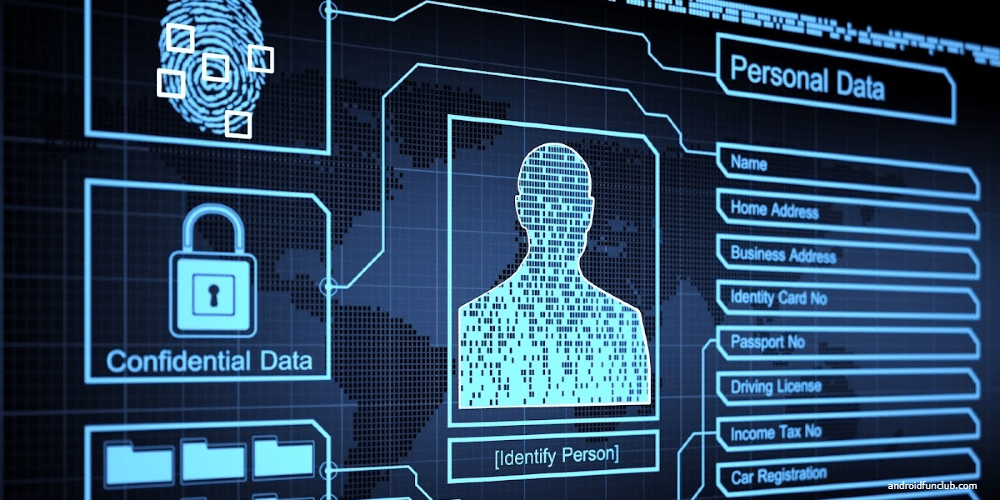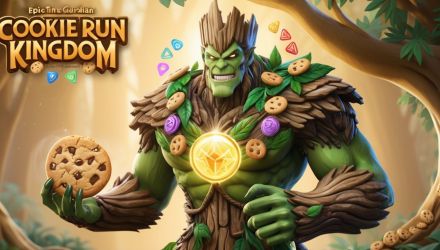Taking a Closer Look at Device Fingerprinting and Ways to Curb It
- 25/07/2023

In an increasingly connected digital world, keeping track of devices, guaranteeing security, and providing individualized experiences have become paramount. The technology that allows this level of monitoring and customization is termed 'Device Fingerprinting'. This guide explores the concept of device fingerprinting, its inner workings, and its implications on privacy. It also walks you through different ways to prevent or limit it and maintain your digital privacy. Whether you're an individual looking to safeguard your online privacy or an organization aiming to understand this tracking method, this guide offers comprehensive insights. Buckle up as we dive deep into the world of device fingerprinting, demystifying it for a better understanding.
Unraveling the Concept of Device Fingerprinting
Device fingerprinting, in essence, is a technological method that enables the identification and tracking of devices thanks to their unique configurations and attributes. Be it a personal smartphone, a workstation, or an Internet of Things (IoT) gadget, every piece of technology bears exclusive characteristics, thereby making it stand apart from the crowd.
Unraveling the Inner Workings of Device Fingerprinting
To create a device’s fingerprint, the collecting entity will gather various bits of information about the device's software and hardware specifications. These attributes can include the device type, operating system, browser version, IP address, screen resolution, and other device-specific details. When you connect to the internet and interact with a website or online service, the information related to your device is automatically shared, creating its digital fingerprint.

The Constituents of a Device Fingerprint
A device fingerprint comprises both hardware and software-related information. On the hardware front, it might include details about the device model, processor, graphic system, and more. Software aspects may incorporate the browser's user-agent string, plugins installed, time zones, language preferences, and numerous other details.
The Primary Reasons for Using Device Fingerprinting
Device fingerprinting helps in enhancing online security, fight against fraud, deliver personalized user experiences, and improve advertisement targeting. It assists organizations in detecting unusual activities potentially related to cyber threats and helps them take appropriate proactive preventive measures.
A Comparative View: Device Fingerprinting, Browser Fingerprinting, and Cookies
Defining Device Fingerprinting
A device fingerprint is a unique identifier created from the characteristics and configurations of an individual device, offering a higher level of precision and uniqueness in identifying devices.
Demystifying Browser Fingerprinting
Browser fingerprinting is similar to device fingerprinting but focuses primarily on identifying unique characteristics of the browser, such as the user-agent strings, installed plugins, and screen resolution. It may not be as precise as device fingerprinting, particularly on frequently updated browsers or in incognito mode.
The Role of Cookies
Cookies are data packets that store information on the user's browsing activity. Unlike device or browser fingerprints, cookies can be easily deleted by the user and are less effective since increasingly more users block cookies.
Debating the Privacy Implications of Device Fingerprinting
Device fingerprinting raises privacy concerns as it allows organizations to track and profile users' activities across various platforms without explicit consent. This tracking capability could lead to potential misuse of sensitive information and intrusive advertisements.
Formulating Strategies to Curtail Device Fingerprinting
Deactivating JavaScript
JavaScript plays a crucial role in collecting fingerprint information. Disabling JavaScript might limit the amount of trackable information to some extent.
Disabling and Deleting Cookies
Turning off cookies or frequently clearing cookies can help make a device less identifiable by hampering continuous tracking.
The Benefit of Using a VPN
A Virtual Private Network (VPN) can mask your original IP address, which is a crucial part of a device's fingerprint, adding a layer of anonymity.
Erasing Data From Data Brokers' Archives
Data brokers collect, process, and sell colossal amounts of personal data. Opting out from their databases can help reduce the identifiable footprint. In conclusion, while device fingerprinting poses privacy challenges, adopting the right preventive measures can minimize its impact on individual information freedom. Awareness and consistent action are critical in mitigating the privacy concerns associated with device fingerprinting.

Frequently Asked Questions
What is Device Fingerprinting?
Device fingerprinting refers to a process that constructs a unique identifier for an individual device based on its specific characteristics and configurations, including both hardware and software aspects.
How does device fingerprinting work?
Device fingerprinting operates by gathering various bits of information about a device's software and hardware specifications like device type, operating system, browser, IP address, screen resolution, etc. This information is automatically shared when a device interacts with a website or online service, resulting in the creation of its digital fingerprint.
What is the difference between device fingerprinting and browser fingerprinting?
While both are methods used to identify and track online users, device fingerprinting focuses on the unique characteristics of the entire device, whereas browser fingerprinting concentrates on the unique characteristics of the internet browser being used.
Why is device fingerprinting seen as a privacy concern?
Device fingerprinting is seen as a privacy concern because it lets organizations track and profile users' online activities across multiple platforms without their explicit consent. This could potentially lead to misuse of personal information and intrusive ad targeting.
How can you prevent device fingerprinting?
There are several ways to prevent device fingerprinting, such as deactivating JavaScript, disabling and deleting cookies, using a VPN to mask the IP address, and opting out from data brokers' databases.
Can using a VPN prevent device fingerprinting completely?
While using a VPN can certainly help mask the IP address, an essential attribute of a device's fingerprint, it does not completely deter device fingerprinting. The other unique characteristics, such as hardware and software configurations of the device, are still detectable.
Can disabling JavaScript completely protect against device fingerprinting?
Disabling JavaScript can limit the amount of trackable information, but it doesn't grant complete protection from device fingerprinting. This is because there are other methods to gather a device’s unique identifying data, such as using cookies or analyzing the device's hardware and software configurations.
Latest Articles
-
![Epic Transformation: Mastering the Arboreal Guardian of Cookie Run Kingdom]() Epic Transformation: Mastering the Arboreal Guardian of Cookie Run Kingdom
Cookie Run Kingdom introduces a character who transforms the very fabric of battle with his unique support role and formidable presence on the front line. This character, reminiscent of timeless heroes from epic sagas, blends robust durabi...
Epic Transformation: Mastering the Arboreal Guardian of Cookie Run Kingdom
Cookie Run Kingdom introduces a character who transforms the very fabric of battle with his unique support role and formidable presence on the front line. This character, reminiscent of timeless heroes from epic sagas, blends robust durabi... - Top Game Picks
- Frederick Clark
- 20/12/2025
-
![The Fallout Frontier: Bridging TV Drama and Future Gaming Realms]() The Fallout Frontier: Bridging TV Drama and Future Gaming Realms The Fallout universe is expanding in unexpected ways, as new developments in the television adaptation hint at future connections with upcoming games. Recent announcements indicate that work on the latest season is already underway, even th...
The Fallout Frontier: Bridging TV Drama and Future Gaming Realms The Fallout universe is expanding in unexpected ways, as new developments in the television adaptation hint at future connections with upcoming games. Recent announcements indicate that work on the latest season is already underway, even th... - News
- Eleanor Wilson
- 20/12/2025
-
![Labubu Unboxed: A Bold Cinematic Leap]() Labubu Unboxed: A Bold Cinematic Leap This article outlines a new directorial appointment for an upcoming movie adaptation and explores its development stage and potential impact on the film industry.
Paul King, widely recognized for his pioneering contributions to the Padding...
Labubu Unboxed: A Bold Cinematic Leap This article outlines a new directorial appointment for an upcoming movie adaptation and explores its development stage and potential impact on the film industry.
Paul King, widely recognized for his pioneering contributions to the Padding... - News
- Delilah Turner
- 20/12/2025








